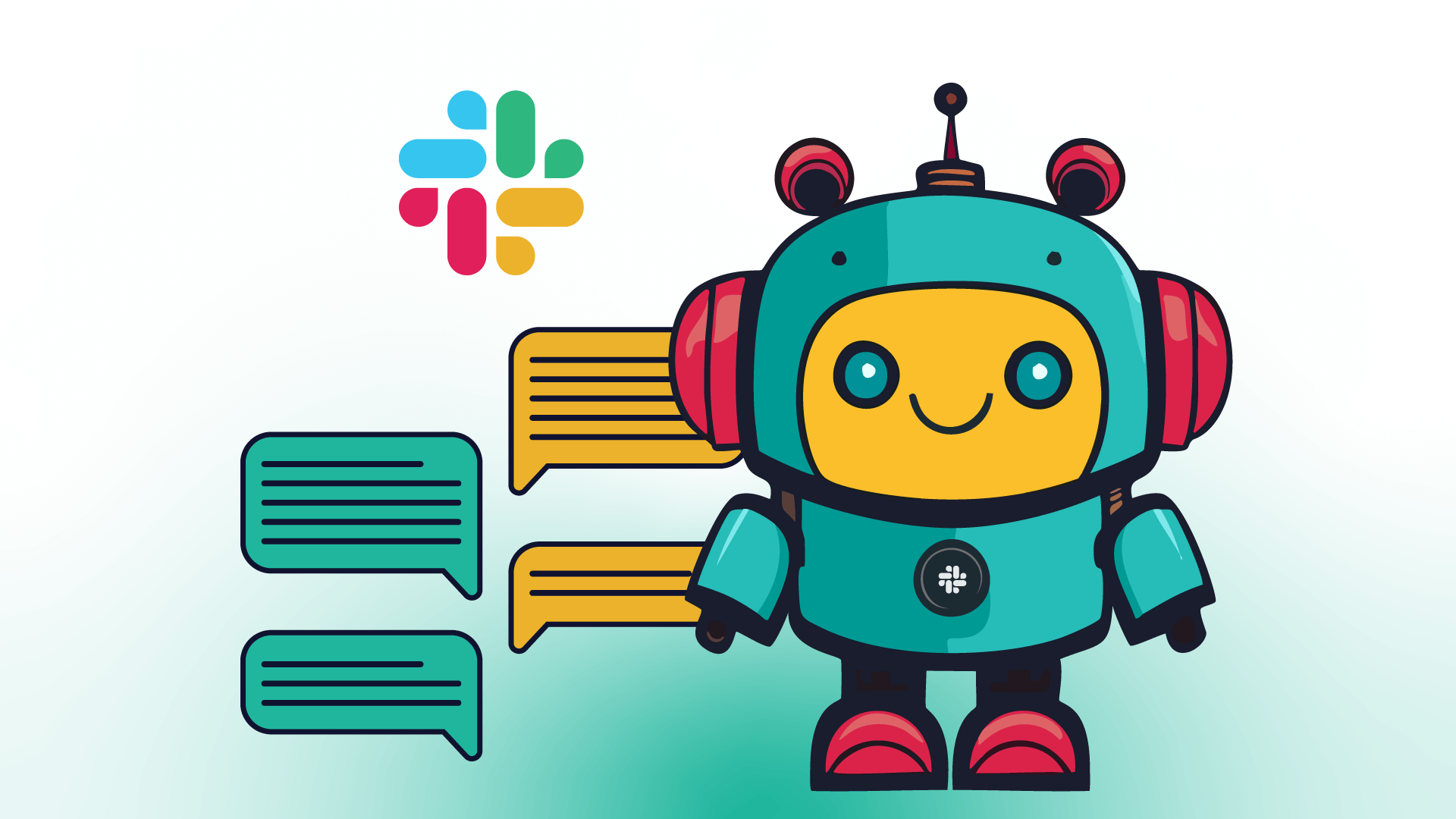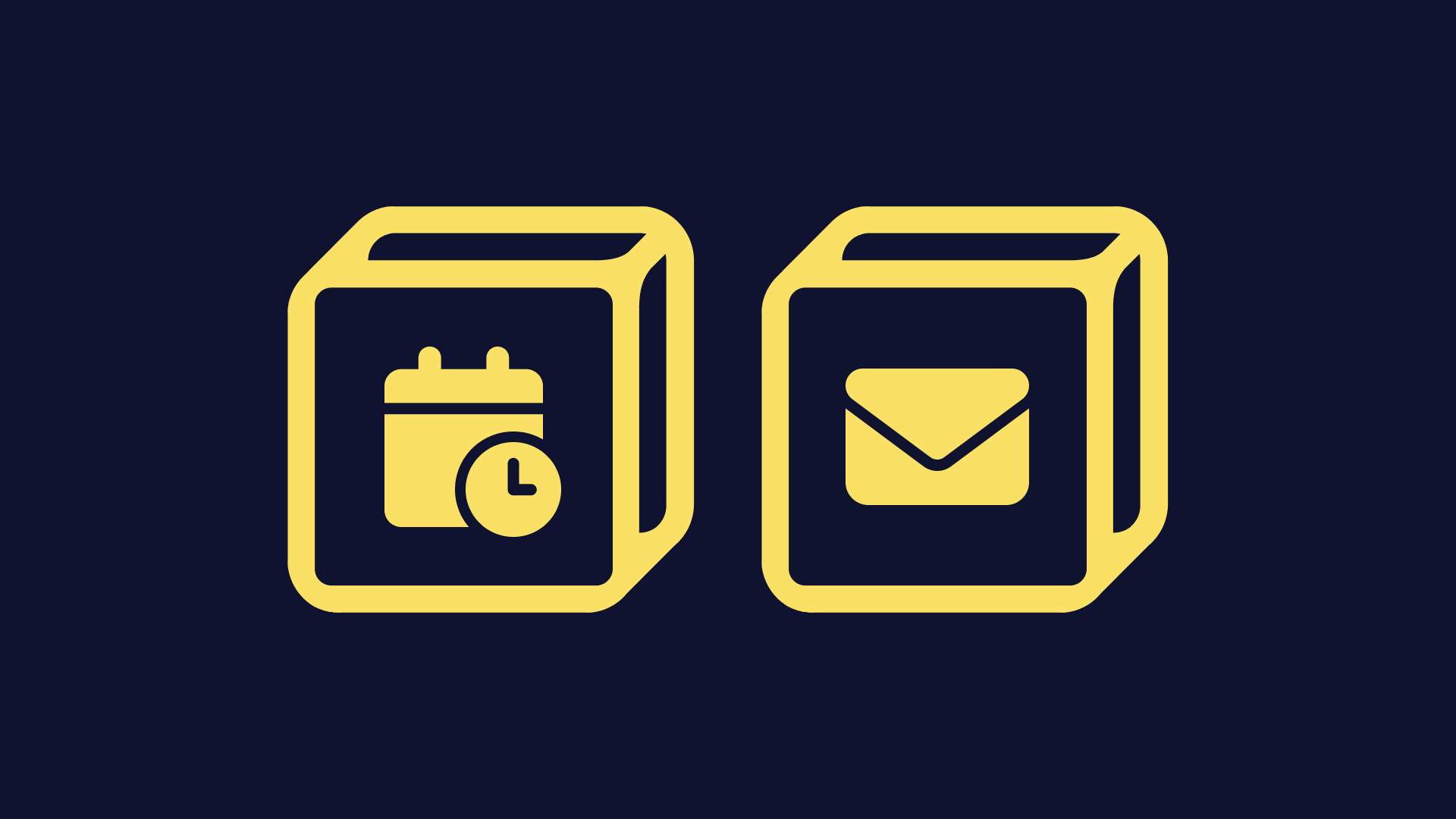Slack and Solve Data integration

How to connect Slack and Solve Data
Create a new workflow and add the first step
In n8n, click the "Add workflow" button in the Workflows tab to create a new workflow. Add the starting point – a trigger on when your workflow should run: an app event, a schedule, a webhook call, another workflow, an AI chat, or a manual trigger. Sometimes, the HTTP Request node might already serve as your starting point.
Build your own Slack and Solve Data integration
Create custom Slack and Solve Data workflows by choosing triggers and actions. Nodes come with global operations and settings, as well as app-specific parameters that can be configured. You can also use the HTTP Request node to query data from any app or service with a REST API.
Slack supported actions
Archive
Archives a conversation
Close
Closes a direct message or multi-person direct message
Create
Initiates a public or private channel-based conversation
Get
Get information about a channel
Get Many
Get many channels in a Slack team
History
Get a conversation's history of messages and events
Invite
Invite a user to a channel
Join
Joins an existing conversation
Kick
Removes a user from a channel
Leave
Leaves a conversation
Member
List members of a conversation
Open
Opens or resumes a direct message or multi-person direct message
Rename
Renames a conversation
Replies
Get a thread of messages posted to a channel
Set Purpose
Sets the purpose for a conversation
Set Topic
Sets the topic for a conversation
Unarchive
Unarchives a conversation
Get
Get Many
Get & filters team files
Upload
Create or upload an existing file
Delete
Get Permalink
Search
Send
Send and Wait for Response
Update
Add
Adds a reaction to a message
Get
Get the reactions of a message
Remove
Remove a reaction of a message
Add
Add a star to an item
Delete
Delete a star from an item
Get Many
Get many stars of autenticated user
Get
Get information about a user
Get Many
Get a list of many users
Get User's Profile
Get a user's profile
Get User's Status
Get online status of a user
Update User's Profile
Update a user's profile
Create
Disable
Enable
Get Many
Update
Supported API Endpoints for Solve Data
List orders
Retrieve a list of orders.
Process order
Processes an order that has been created.
Cancel order
Cancels an existing order.
Return order
Processes a returned order.
Fulfill order
Marks an order as fulfilled.
Fail order fulfillment
Marks an order fulfillment as failed.
Check order fulfillment status
Checks the fulfillment status of an order.
Get payment status
Retrieves the payment status for an order.
List carts
Retrieve a list of shopping carts.
Add item to cart
Adds an item to the shopping cart.
Remove item from cart
Removes an item from the shopping cart.
List returns
Retrieve a list of returns.
List payments
Retrieve a list of payments.
List subscriptions
Retrieve a list of subscriptions.
List products
Retrieve a list of products.
List webhooks
Retrieve a list of webhooks.
List events
Retrieve a list of events.
Track email open
Tracks when an email is opened.
Queue event
Queue an event using the event input data.
List event schemas
Retrieve a list of event schemas.
Merge attributes
Merge various attributes for specified entities.
Handle cart abandoned event
Handle an event when a cart is abandoned.
Create an order
Create a new order.
Create a return
Create a new return for an item.
Delete an order
Delete an existing order.
Delete a return
Delete an existing return.
Perform search
Executes a search query.
List profiles
Retrieve the most recent profiles based on activity.
Create API Key
Create a new API Key via the GraphQL API.
List API keys
Returns all API keys as a connection object.
Create API key
Creates a new API key record and returns the created key.
Update API key
Updates an existing API key record referenced by its id.
Disable API key
Disables an existing API key record as referenced by its id.
Enable API key
Restores a currently archived API key record as referenced by its id.
Create API Key
Generates a new protected API key with a specified name.
Update API Key
Updates the name and notes of an existing API key.
Disable API Key
Disables an existing API key, preventing its use.
Enable API Key
Enables a previously disabled API key, allowing its use again.
Get Token
Gets an access token for a public API key using Basic authentication.
To set up Solve Data integration, add the HTTP Request node to your workflow canvas and authenticate it using a generic authentication method. The HTTP Request node makes custom API calls to Solve Data to query the data you need using the API endpoint URLs you provide.
See the example hereThese API endpoints were generated using n8n
n8n AI workflow transforms web scraping into an intelligent, AI-powered knowledge extraction system that uses vector embeddings to semantically analyze, chunk, store, and retrieve the most relevant API documentation from web pages. Remember to check the Solve Data official documentation to get a full list of all API endpoints and verify the scraped ones!
Slack and Solve Data integration details
Slack and Solve Data integration tutorials

How to make a Slack bot: Python vs low-code
Learn how to make a custom Slack bot with two approaches: using Python and n8n, a low-code workflow automation tool!

How to create automated email reminders (using Slack)
Use n8n to set up automated email reminders, weekly messages, tasks, or even document updates from Google Sheets.
FAQ
Can Slack connect with Solve Data?
Can I use Slack’s API with n8n?
Can I use Solve Data’s API with n8n?
Is n8n secure for integrating Slack and Solve Data?
How to get started with Slack and Solve Data integration in n8n.io?
Need help setting up your Slack and Solve Data integration?
Discover our latest community's recommendations and join the discussions about Slack and Solve Data integration.

Channel : Join - Slack -> Internal Error
Nicolas N
Hi, I create a channel and I try to add users to the Channel but I alway get the answer ‘Internal Error’ I do the same thing with the ‘Kick’ node and it works perfectly fine Do you have any idea where does that comes …
Open topic

Getting {"message":"Workflow was started"} message in Slack when triggering slash command via Webhook node
Muhammed Iqbal P B
Describe the problem I build a slack bot with the help of n8n to send a modal(form) when someone use a slack command the web hook tigger and send the modal. But by sending the modal it sending a slack message {"message"…
Open topic

Slack - Retrieve Message + Thread
Nicolas N
Hi, I am trying to retrieve a message and the thread in order to document them. The workflow is quite simple : I can have the message or one message of the thread but I am not able to get the thread and the message…
Open topic
Looking to integrate Slack and Solve Data in your company?
The world's most popular workflow automation platform for technical teams including
Why use n8n to integrate Slack with Solve Data
Build complex workflows, really fast


